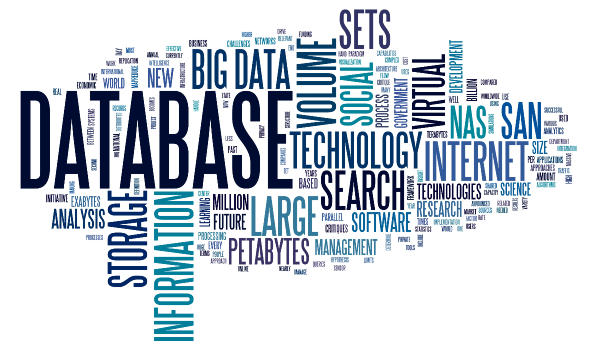Then again number esteems, and alphanumericis SQL, however there are different "flavors" of SQL, contingent upon the kind of database being
Outline - A database contains at least one patterns, which is fundamentally a gathering of at least one tables of information.
Table - Each table contains different sections, which are like segments in a spreadsheet. A table can have as meager as two sections and upwards of one hundred or more segments, contingent upon the kind of information being put away in alluded to as a databank or a datastore, and at times curtailed as a DB, a database is an extensive amount of listed advanced data. It can be looked, referenced, thought about, changed or generally controlled with ideal speed and negligible handling cost.
Segment - Each section contains one of a few sorts of information or qualities, similar to dates, numeric or whole the table.
utilized. Each kind of SQL has contrasts in the SQL language structure and are intended to be utilized with a particular sort of database. For instance, an Oracle database utilizes PL/SQL and Oracle SQL (Oracle's rendition of SQL). A Microsoft database utilizes Transact-SQL (T-SQL esteems (otherwise called varchar).

Line - Data in a table is recorded in lines, which resemble lines of information in a spreadsheet. Regularly there are hundreds or thousands of lines of information in a table.
A database is assembled and kept up by utilizing a database programming dialect. The most widely recognized database dialect
@resteemator is a new bot casting votes for its followers. Follow @resteemator and vote this comment to increase your chance to be voted in the future!
Downvoting a post can decrease pending rewards and make it less visible. Common reasons:
Submit